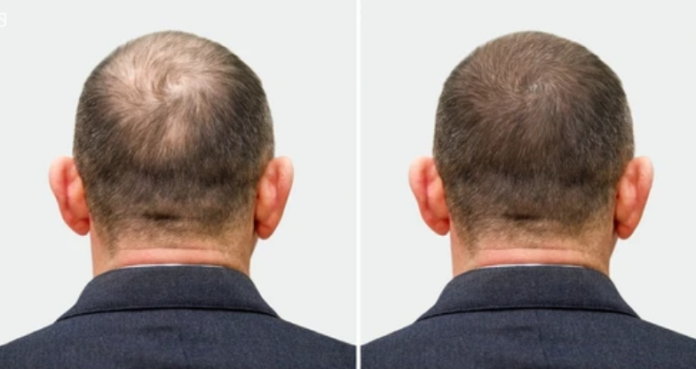Hair transplant before and after, Are you unhappy with your hair? Do you feel that it doesn’t fit who you are or what you want it to look like? If so, hair transplant may be the solution for you. There are a few things you need to know before getting a hair transplant: your age, health history, and scalp type. After all of this is taken into account, a doctor will then recommend the best procedure for you. Don’t fret if you’re not sure about hair transplant; we have put together a blog post on the topic to help you understand everything before making a decision.
In the article, we cover everything from the different types of transplants to aftercare instructions. So whether you’re considering surgery or just want to know more, read on!
Before Hair Transplant
Before hair transplant surgery, it is important to have a clear understanding of the procedure and possible risks involved. The following is a general overview of what to expect before, during, and after a hair transplant:
- Before Hair Transplant: A consultation with your surgeon is necessary in order to better understand your goals for hair restoration. During this appointment, you will be asked about your baldness history and other medical concerns that may require special attention during surgery. You will also receive an evaluation of your scalp and head size in order to determine the best candidate area for a hair transplant.
- Surgery: Hair transplant surgery takes approximately 2 hours and involves the removal of small pieces of skin from the back of your head (scalp). This will create enough new hair follicles to cover areas that are thin or missing hair. Implants (dummy plugs) made of natural materials such as human hairs are then inserted into these newly created follicles. You may feel some discomfort following surgery but should recover quickly with proper postoperative care.
- Recovery: Following surgery, you will undergo a period of healing in which you must avoid strenuous activity, hot temperatures, and sun exposure. Your surgeon may provide you with specific instructions concerning activities that are permissible during this time frame. Most patients report minimal discomfort following surgery and begin experiencing noticeable results within 4-6 months.
After Hair Transplant
Hair loss can be a very distressing experience. For many people, it can feel like the only thing that is preventing them from looking their best. Fortunately, there are a number of treatments available that can help restore lost hair. One of the most popular methods is hair transplant surgery.
Before hair transplant surgery, it is important to understand what kind of results you can expect. Hair transplant surgery typically results in an average of 50-100% hair restoration. This means that a majority of people who receive hair restoration surgery see significant improvement in their appearance, with some seeing as much as 100%. However, there are a number of factors that can affect this result including individual anatomy, genetics, and the quality and extent of the original hair loss.
After hair transplant surgery, patients will typically experience minimal discomfort and little to no scars. Most people find that their new hairstyles look better than their previous ones and continue to wear them for years without any problems or maintenance required.












